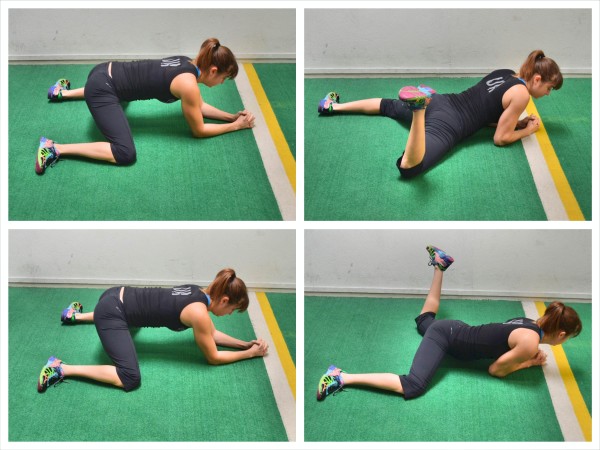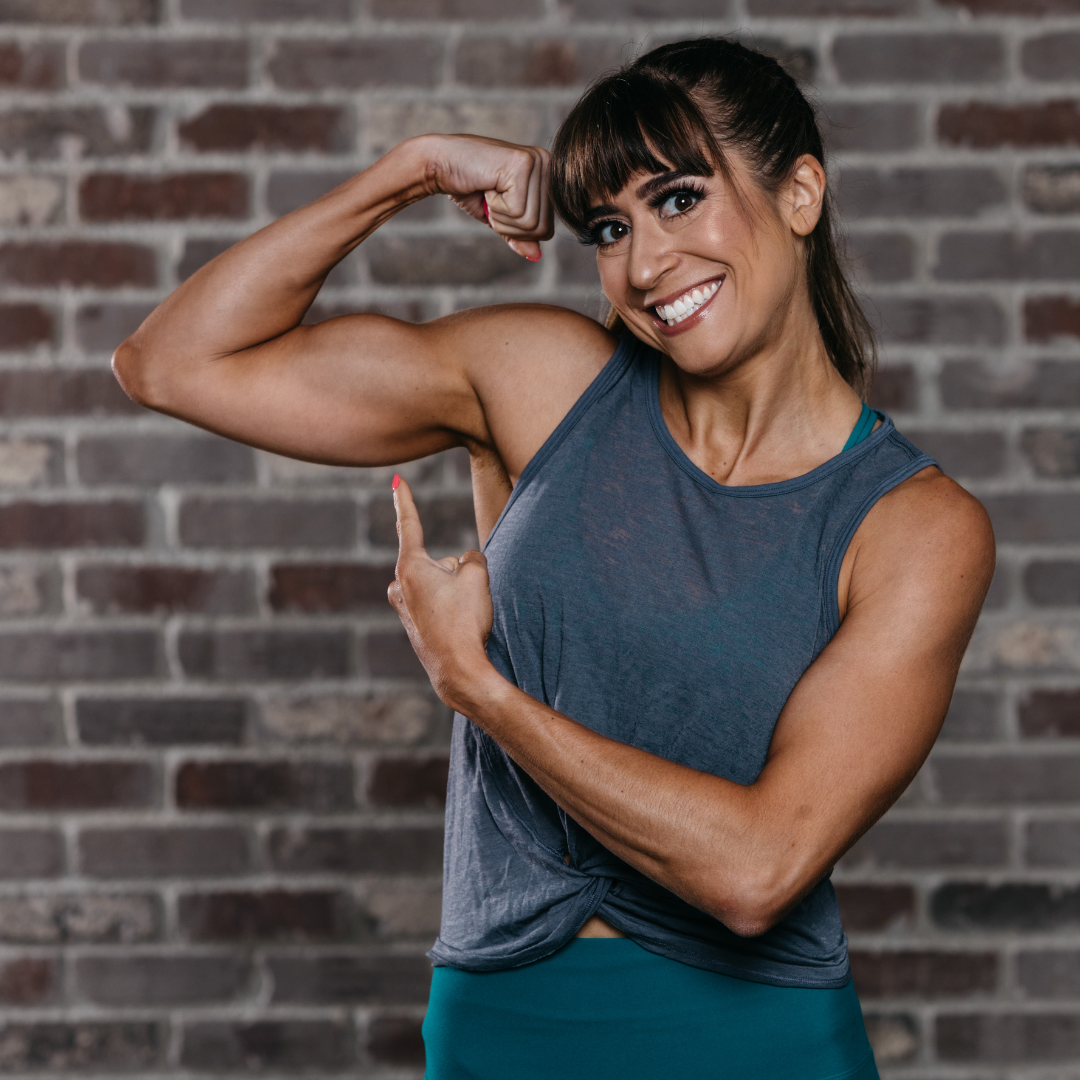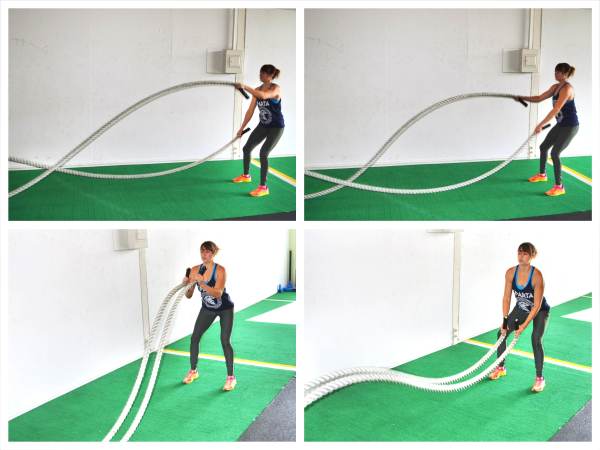

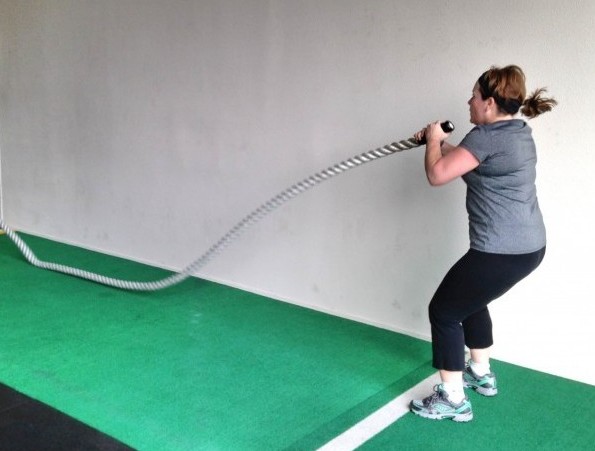
The 15-Minute Battling Ropes Tsunami Workout
This content is for members only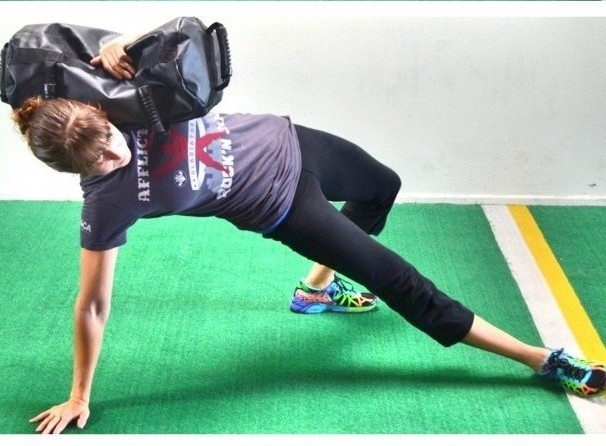
Using The Eccentric Back And Butt Workout
This content is for members only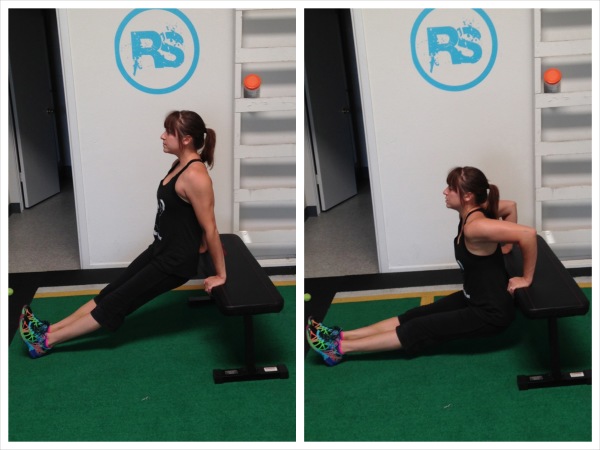
Using The Eccentric Strength Workout
This content is for members only